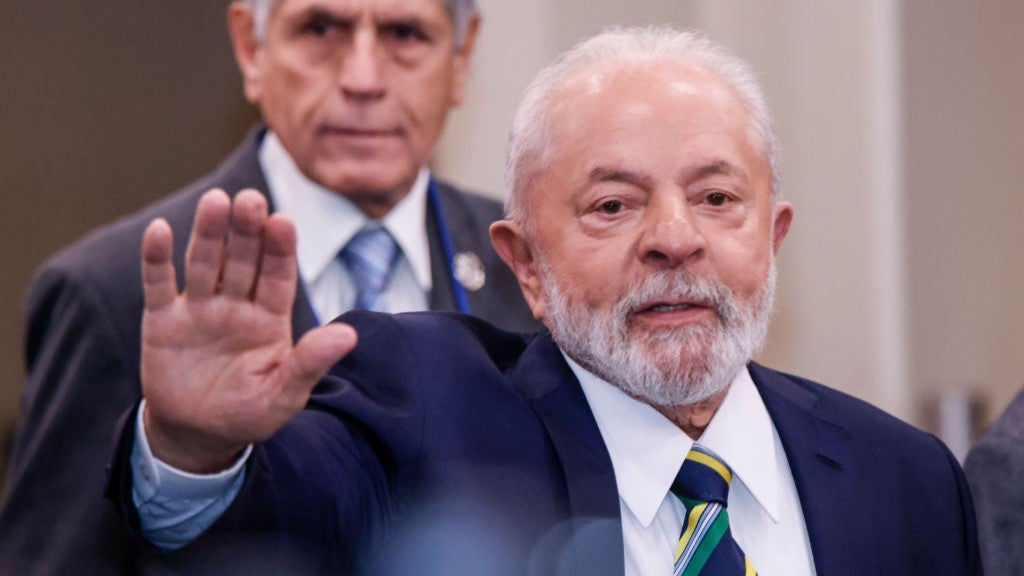
President Luiz Inacio Lula da Silva is expected to announce ambitious revisions to Brazil’s climate targets at the UN Secretary-General Antonio Guterres’ Climate Action Summit in New York today.
According to Reuters, Brazil’s new climate plan will institute an annual cap of 1.32 gigatonnes of greenhouse gas (GHG) emissions by 2025, which represents a 50% reduction on 2005 levels. This will be followed by a cap of 1.2 gigatonnes of GHG emissions by 2030, representing a 53% reduction from the same year.
Such pledges would represent a significant increase on Brazil’s 2015 pledge to cut emissions by 43% by 2030. The target would also be more ambitious than that of the US, which has pledged to cut emissions by 50-52% by 2030, compared to 2005.
Brazil increased its climate target to a 50% reduction under Jair Bolsonaro, Lula’s predecessor, but raised the 2005 baseline to make the aim more attainable. The expected revision would be a significant strengthening.
Climate Watch, an online climate data platform managed by the World Resources Institute, found Brazil to be the seventh largest GHG emitter globally in 2020, producing 1469.64 million tonnes of CO2 equivalent, or 2.92% of global emissions.
With most of these emissions attributable to deforestation, much of Lula’s election campaign focused on environmental protection promises. He has seen some success since he came to office: the Ministry of Environment and Climate Change reported that tree loss fell by almost half between January and August 2023, compared to the same period in 2022.
However, approximately half of Brazil’s GHG emissions still come from deforestation and land use, and Lula has come under pressure to target the issue. He addressed the issue of climate change in Brazil at the UN General Assembly on Tuesday, saying: “The vulnerable populations of the Global South are most affected by the losses and damages caused by climate change.”
He continued: “The richest 10% of the world population is responsible for roughly half of all the carbon emitted into the atmosphere. We developing countries do not want to repeat this model.”
Figures collected by GlobalData, Energy Monitor’s parent company, demonstrate a push towards cleaner energy in Brazil, which is already the second largest hydropower producer by installed capacity globally.
According to these figures, 2023 will be the first year that solar PV installed capacity overtakes coal, oil and gas-fired electricity generation capacity, and the industry will see massive growth over the next 12 years.
Data on open job roles in Brazil's renewable energy sector also shows growth, particularly since President Lula resumed office in January 2023. Although there has been fluctuation, the new climate targets are expected to continue to drive investment in the sector, creating new opportunities.
Our signals coverage is powered by GlobalData’s Thematic Engine, which tags millions of data items across six alternative datasets — patents, jobs, deals, company filings, social media mentions and news — to themes, sectors and companies. These signals enhance our predictive capabilities, helping us to identify the most disruptive threats across each of the sectors we cover and the companies best placed to succeed.



